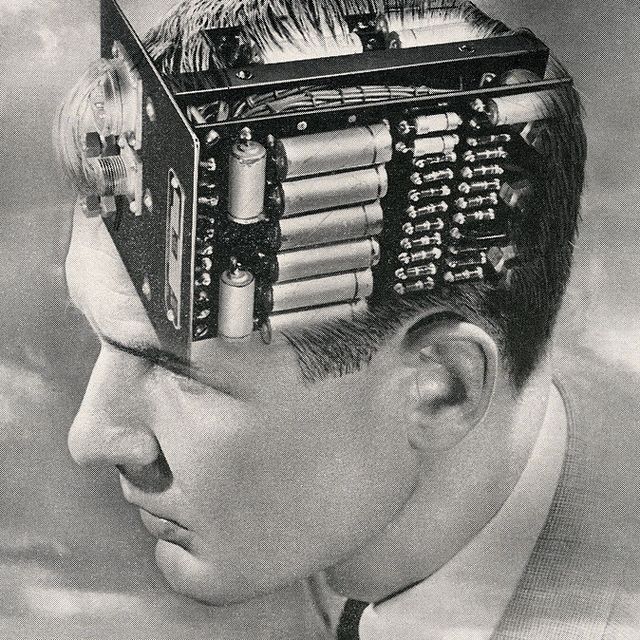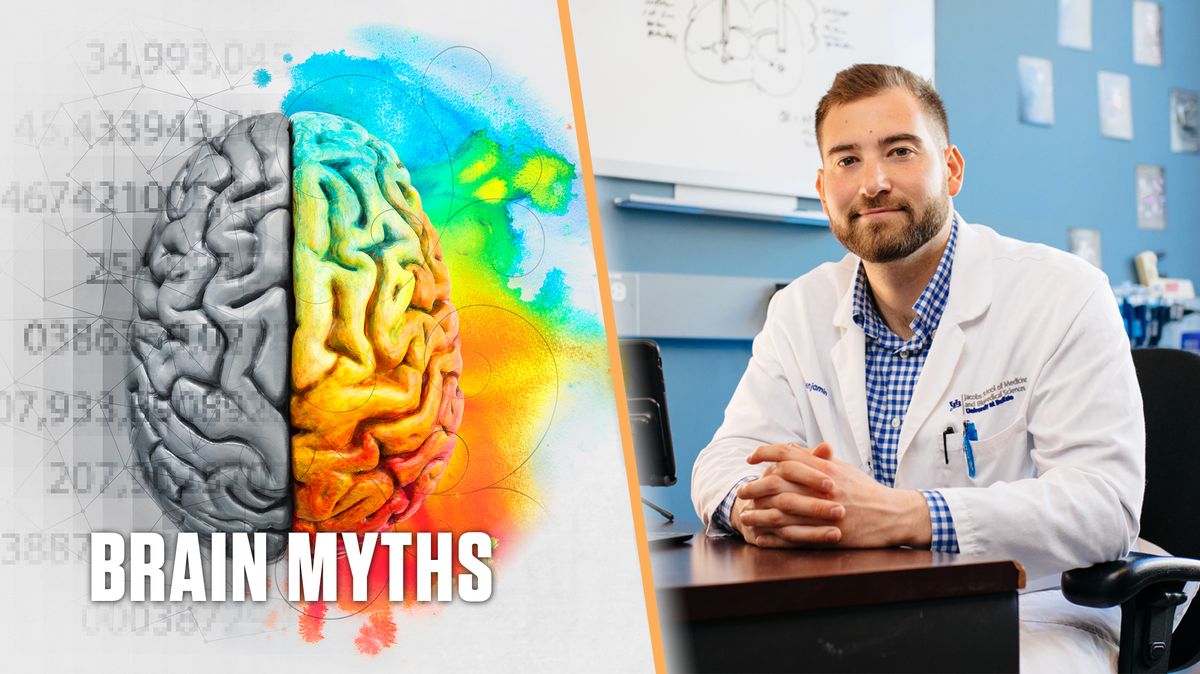Ben Rein, a neuroscientist at Stanford University, amassed a large following after one of his videos went viral in 2020. Since then, he has dedicated his platform to educating people on topics in neuroscience, creating engaging short-form videos for over 600,000 followers on his TikTok.
Rein exposes some widely-held “facts” about our human brains on his channel. Some of these claims—such as brain size correlating to intelligence, alcohol killing brain cells, and our ability to multitask—are not entirely accurate. So we asked our neuroscience expert to tell us the three most common myths he encounters almost everyday.
Myth No. 1: We only use 10 percent of our brain
A likely origin of this myth can be traced back to the late 1800s, when psychologists William James and Boris Sidis theorised that an average person only uses a fraction of their mental capacity. More than a century later, this claim has been falsely presented in films like Limitless, Lucy, and Carrie, which depicts the main character unlocking their full potential and awakening their “super powers.”
In reality, we’re constantly using 100 percent of our brain. Dr. Rein states that our “brain uses a lot of our body’s energy,” so 10 percent would only cover the basic bodily functions, like breathing. Otherwise, we’re basically zombies.
Myth No. 2: There are right-brained and left-brained people
You may have heard the claim that people predominantly use one side of the brain more than the other, and which side you use often determines your personality traits. To put it simply, right-brained people tend to be more creative, while left-brained people are analytical. However, the brain just doesn’t function that way. Despite what you’ve heard, your personality traits have nothing to do with which side of the brain you use more often. Instead, brain scans show pockets of activity on either the left or right side, depending on what a person is doing. For example, when right-handed people write, a region in the left side of their brain lights up on the scan, because that’s the part that controls the right arm. And when a person speaks, part of the left side of the brain activates, because that’s where the human language centre sits.
Myth No. 3: Listening to classical music makes your babies smarter
Based on a study from 1993, a group of researchers investigated the effects of listening to Mozart, and found that participants improved their spatial reasoning, but only temporarily. The result was overly exaggerated to the public, thus creating the myth we know as the “Mozart Effect.”
While Mozart may not make your babies smarter, playing music may have other positive effects on preterm infants, such as heart rate and oral feeding improvements.
A preterm baby’s brain is still immature, because connections between different regions haven’t been strengthened yet. But in one study, when preterm infants heard instrumental music everyday for five days, a functional brain scan showed more connections had formed in those babies’ brains compared to preterm infants who hadn’t heard the music. Specifically, the network in the brain that responds to environmental stimuli was better connected to other networks, such as the sensory-motor and auditory networks. Essentially, it helped their brains catch up to full-term infants faster, so they could start making sense of the world around them.













